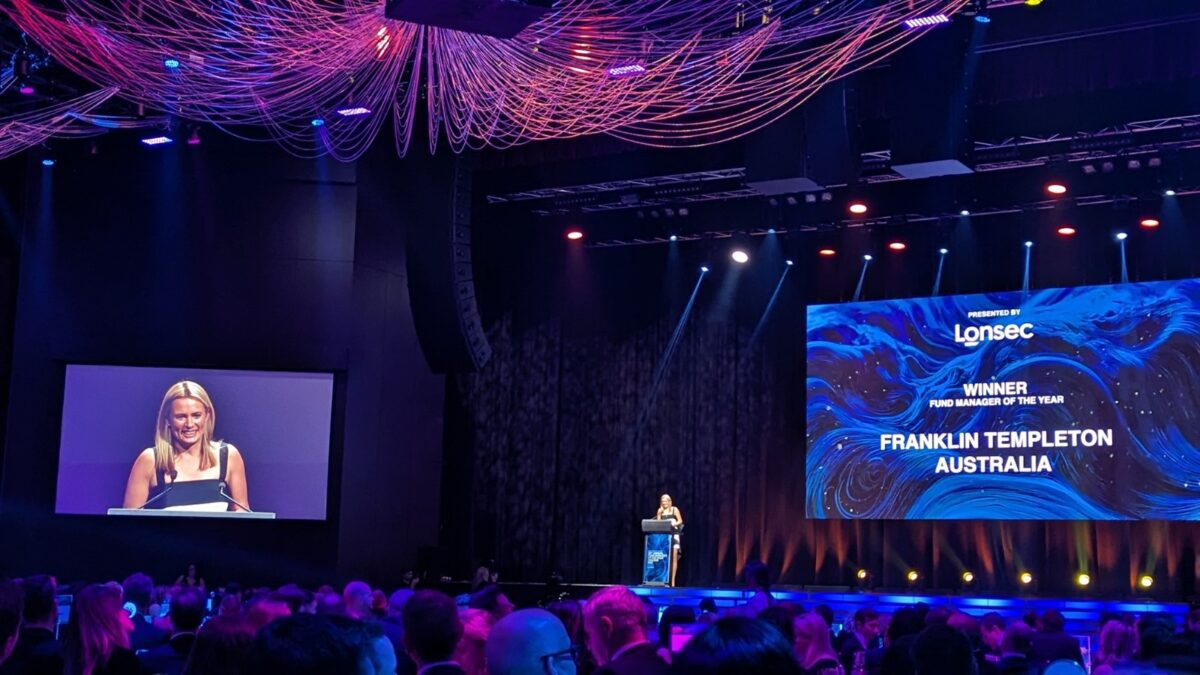Biotech BARD1 cancer detection treatment gaining traction
BARD1 Life Sciences (ASX: BD1) – Earlier in the week, the Inside Investor team published an article on BARD1 Life Sciences (click here) and its meteoric rise following a positive announcement on ovarian cancer detection. Shares have risen from 74.5c on the day of the announcement to $3.20 at the time of writing. That’s a whopping 330 per cent share price rise in the space of just five days. So, what is sending the share price significantly higher? Is there more to the announcement that investors are seeing?
Firstly, for those that don’t know, BARD1 Life Sciences is a Melbourne-based biotech that has gained significant attention following a very positive announcement on cancer detection. Their leading product is called SubB2M. SubB2M is a protein that binds specifically to a sugar molecule called Neu5Gc, which is present in a range of cancers; making them easier to detect. There is also evidence that the cancer-specific sugar is present in a wide range of solid human tumours and can be detected in serum using SubB2M.
The reason shares in the company have risen so quickly is due to the magnitude and wide-ranging use of this breakthrough technology, but particular with breast cancer sufferers. As we know, breast cancer is the most commonly diagnosed cancer in Australia, with almost 20,000 diagnoses this year.
This is followed by prostate cancer and melanoma of the skin. Approximately 55 Australians are diagnosed each and every day. Currently ‘early detection of breast cancer gives the best possible chance of survival’. This is because the earlier an abnormality is discovered, the greater the number of effective treatment options become available. The most common types of breast cancer have a very good long-term prognosis, if caught early.
The problems with current detection methods and technology, is that they aren’t highly effective. Firstly, a clinical breast examination is conducted. This involves a thorough physical examination before a mammogram is taken. An x-ray is then used for regularly checks for breast cancer. A biopsy can be conducted to remove a small sample of tissue from the breast or lymph nodes so it can be analysed. Or an MRI can be conducted to produce an image of the inside of the body using magnetic fields. And finally, when all else has failed, an ultrasound can be used to give an outline of part of the body to see whether a lump is present.
It is a similar cases with ovarian cancer, which is a huge killer worldwide with some 295k new cases and 185k deaths in 2018 alone. The real danger with ovarian cancer is that today’s technology only detects this type of cancer at a later stage. This results in a poor survival rate.
SubB2M can detect Neu5Gc glycans a particular biomarker which is elevated in patients with all stages of breast cancer. This means the technology has an extremely high potential to detect and monitor the disease. This means SuB2M is capable of detecting breast and ovarian cancer.
The message here: Earlier detection can substantially boost five-year survival rates, making SubB2M a radical breakthrough. The licence and application of their proprietary technology allows the company to use it to test for prostate and pancreatic cancers, as well as for ovarian and breast cancer. Therefore, if today’s price rise is anything to go by, BD1 will continue to shine.
Griffith’s Professor Mike Jennings said: “We look forward to working with Bard1 to get this test into clinical use.”
Here is a quick summary of announcements that have taken place this week for those following the company.
- BD1 first reveals that its SubB2M technology can detect all stages of ovarian cancer with 100 per cent specificity and sensitivity. Shares rose 39.5 per cent on the back of this announcement to $2.40.
- BD1’s second announcement reveals that its SubB2M technology can detect all stages of breast cancer from a blood sample. The technology can detect cancer with 100 per cent specificity and 95 per cent sensitivity.
Obviously it remains a volatile proposition like most smaller biotech companies.









